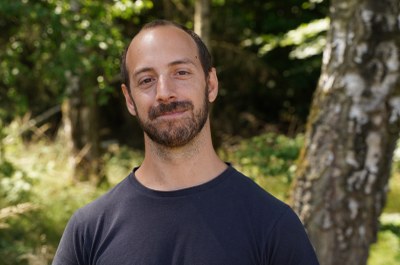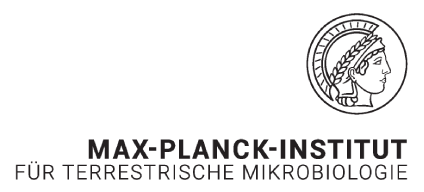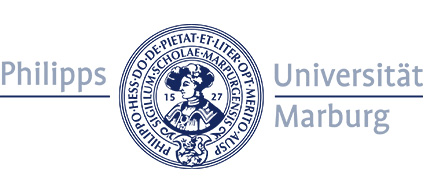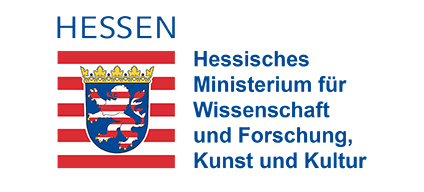Main Content
Daniel Doherty

Doctoral Researcher, AG Klatt
Philipps-University Marburg
Mail: daniel.doherty@uni-marburg.de
Project: The role of the Artemia microbiome in arsenic cycling and detoxification
Project summary:
Endosymbiotic microorganisms can have large impacts on the detoxification ability of their hosts. In the hypersaline lakes of the Atacama, the crustacean Artemia thrives – despite high concentrations of inorganic dissolved arsenic species in the water column and substantial enrichment of organic arsenicals in their microbial food source, Dunaliella salina. So far, however, the arsenic resistance strategies of Artemia have not been deeply explored. This project aims to decipher the role of the microbiome within host Artemia in arsenic detoxification using an interdisciplinary approach from biogeochemistry to meta-omics. The main questions of this project are 1) Are there differences in the Artemia microbiome community in high- vs low-arsenic environments? 2) How does the microbiome influence the net retention of arsenic? 3) What are the rates of organic and inorganic arsenic cycling? 4) What is the localization of arsenic detoxification processes within Artemia? By answering these questions, this study will provide the first mechanistic insights into environmental arsenic cycling by Artemia, the organism that represents the exclusive link between extremophile microbial primary production and the wider trophic web of the Andes
Cooperation with: Helge Bode (MPI-TM), Andreas Brune (MPI-TM), Nicole Paczia (MPI-TM), Timo Glatter (MPI-TM)


